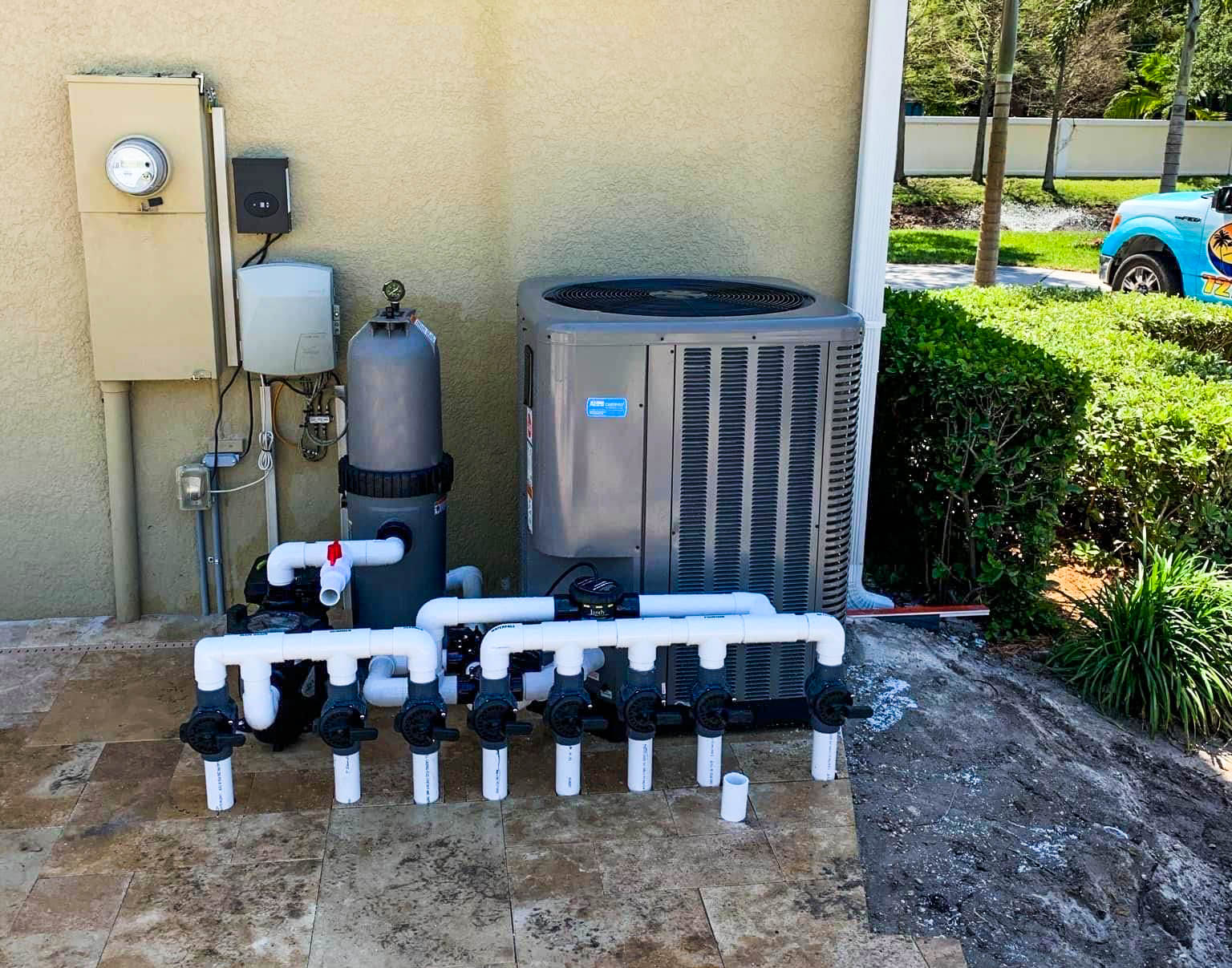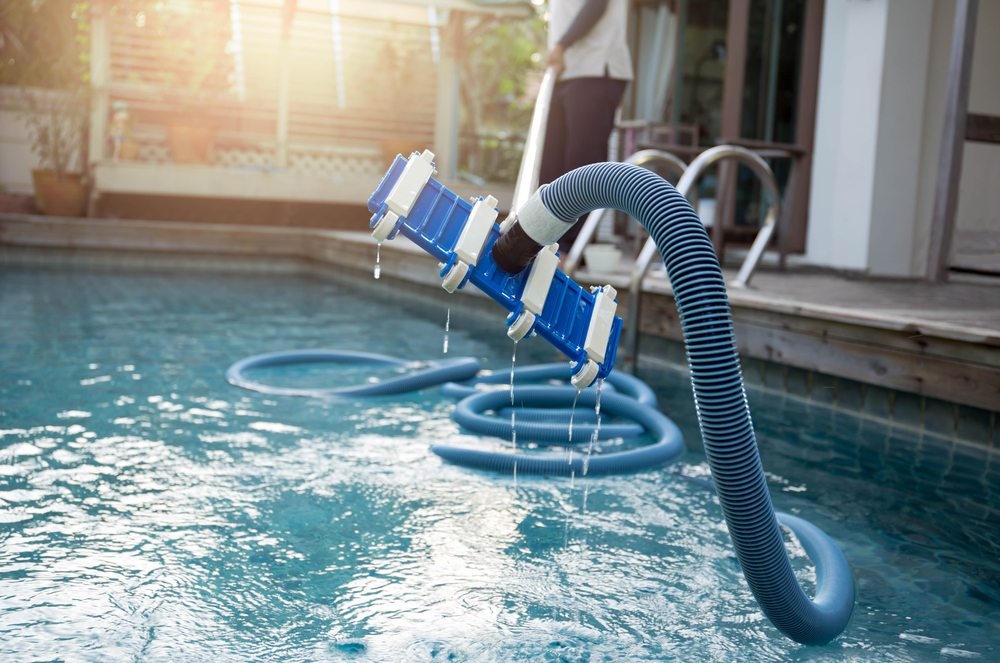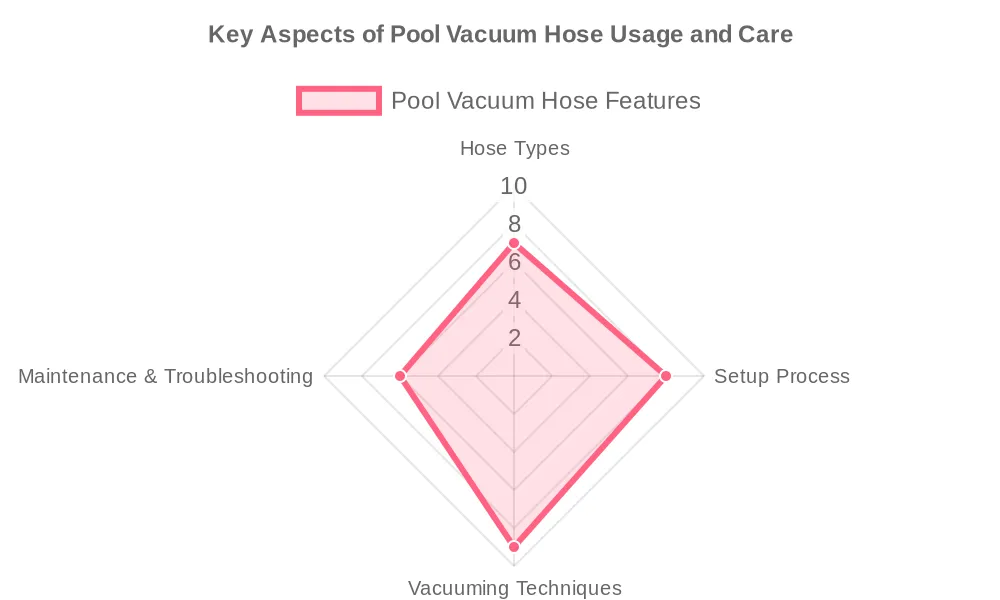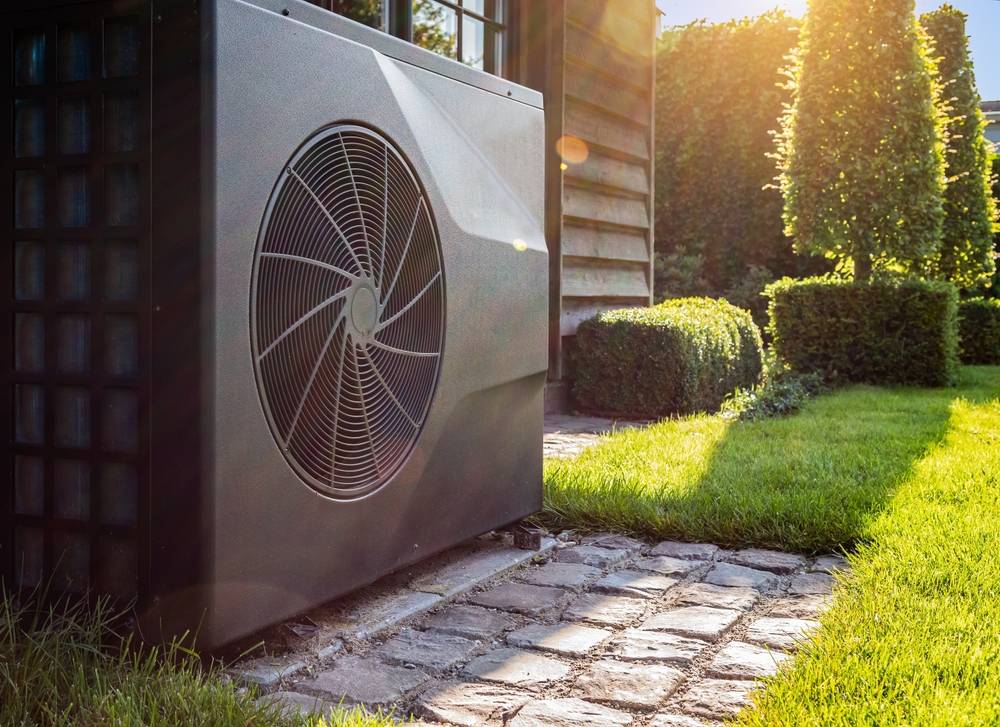
Keep Your Pool Crystal Clear Using the Right Vacuum Hose

Swimming pools are the heart of summer fun and relaxation, but they also require regular maintenance to ensure they remain clean and safe for use. Among the most crucial tools in your pool maintenance arsenal is the pool vacuum hose. This seemingly simple accessory is pivotal in keeping your pool pristine, removing debris and algae that can accumulate over time. In this comprehensive guide, we’ll delve into everything you need to know about pool vacuum hoses, from their basic functionality to advanced tips for effective use.

Latest


How Will Artificial Intelligence Help Pool Companies in 2024

What Factors Determine Pool Heater Costs In 2024
Categories
Understanding Pool Vacuum Hoses
What is a Pool Vacuum Hose?
At its core, a pool vacuum hose is a flexible tube designed to connect your pool’s vacuum head to its skimmer or filter pump. It’s the conduit that allows the removal of debris from the pool water. Think of it as a lifeline that keeps your pool’s ecosystem balanced by regularly eliminating unwanted materials from the water. Without it, your pool could quickly become a breeding ground for bacteria and algae.
The vacuum hose works by creating a suction force, drawing in water, dirt, and debris from the pool’s floor and walls, and transporting them to the filtration system. This process not only keeps the pool water visually appealing but also ensures that the chemical balance of the pool is maintained, promoting a healthy swimming environment.
Types of Pool Vacuum Hoses
When it comes to choosing a pool vacuum hose, not all are created equal. There are various types available, each differing in material, durability, length, and flexibility:
- Standard hoses: These are the most common and are suitable for general, everyday pool cleaning tasks.
- Heavy-duty hoses: Designed for larger or more debris-filled pools, these hoses are more robust and resistant to wear and tear.
- Spiral wound hoses: These hoses are designed to be more flexible, allowing for easier maneuverability around corners and obstacles in the pool.
Understanding the differences and selecting the right type for your pool size and type is key to effective pool maintenance.
The Setup Process
Connecting the Vacuum Hose
Setting up your pool vacuum hose correctly is crucial for effective pool cleaning. Here’s a simple step-by-step guide:
- Attach the Vacuum Head: First, connect the vacuum head to the telescopic pole.
- Connect the Hose: Attach one end of the vacuum hose to the vacuum head.
- Prime the Hose: Before connecting to the pump, submerge the vacuum head (attached to the hose) in the pool. Fill the hose with water to remove air, which can impede suction.
- Connect to Skimmer or Pump: The other end of the hose is then connected to the skimmer or directly to the pool’s pump.
Tips for Ensuring Proper Connection
- Check for Leaks: Ensure the connections are tight to prevent air from entering, which can decrease suction power.
- Select the Correct Adapter: If connecting to a skimmer, use a skimmer vacuum plate for a secure connection.
- Length Matters: Ensure the hose is long enough to reach every part of your pool from the skimmer or pump.
Effective Vacuuming Techniques
Basic Vacuuming Techniques
- Start at the Shallow End: Begin vacuuming from the shallow end and gradually move to the deeper end.
- Steady Movements: Move the vacuum head slowly and steadily to avoid stirring up debris, which can cloud the water.
- Overlap Strokes: Overlap each stroke slightly to ensure no spots are missed.
Advanced Tips
- Dealing with Algae: For stubborn algae, use a pool brush first, then vacuum the loosened algae.
- Vacuuming to Waste: If the pool is very dirty, consider vacuuming to waste, bypassing the filter to prevent clogging.
Maintenance and Troubleshooting
Cleaning and Storage
- Rinse after Use: Always rinse the hose with fresh water after use to remove chlorine and other chemicals.
- Proper Storage: Store the hose in a cool, dry place away from direct sunlight to prevent damage.
Troubleshooting Common Issues
- Loss of Suction: Check for leaks in the hose and ensure connections are tight.
- Hose Twisting: Lay the hose out in the sun for a few hours to eliminate kinks and twists.
FAQs
- How often should I vacuum my pool? Ideally, vacuum your pool once a week or more frequently if it’s heavily used or exposed to a lot of debris.
- Can I repair a damaged pool vacuum hose? Small leaks can often be repaired with specialized tape or hose repair kits.
Conclusion
Proper use and maintenance of your pool vacuum hose are key to keeping your pool clean and inviting. By understanding the different types of hoses, mastering the setup process, employing effective vacuuming techniques, and maintaining your equipment, you’ll ensure a sparkling clean pool that’s ready for enjoyment all season long. Remember, a little effort goes a long way in pool maintenance!
Latest

DIY Pool Pump Cover Ideas for 2024

How Will Artificial Intelligence Help Pool Companies in 2024

What Factors Determine Pool Heater Costs In 2024
Categories
YOU'RE NOT IN THIS ALONE
We are with you every splash of the way
Need a pool fix or looking for an upgrade? We’re just one click away to help with all your pool needs.

